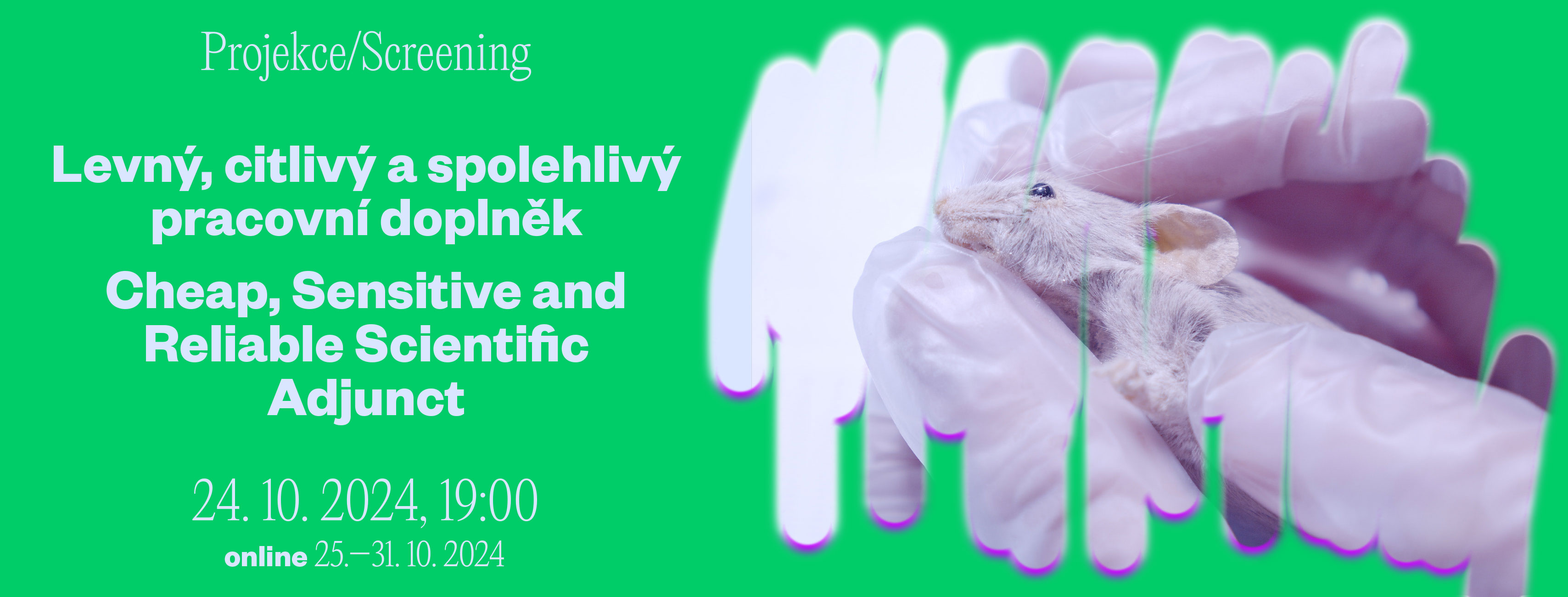Date: 24.10.2024 — 31.10.2024
The project Cheap, Sensitive and Reliable Working Adjunct challenges us to consider whether the activities carried out by animals can be regarded as work. If so, what implications can we draw for society? The curatorial selection follows zoo-social motifs in which more-than-human actors are instrumentalised and transformed into things or machines. In this conception, animal species become working tools for human conquest and exploration of the planet. These more-than-tools then figure in the corporeal plane in food, pharmacology and mining, as well as symbolically as companions.
At the beginning of this millennium, the concept of animal work began to emerge in sociology, anthropology, legal philosophy and politics. This was part of the so-called animal turn. The aim of this discourse is a deeper understanding of animals and their cultures and also the interconnection between human and non-human beings. In her book Animals, Work, and the Promise of Interspecies Solidarity, Kendra Coulter defines animal labor as an umbrella term for work done by, with, or for animals. In other words, the term covers not only the work of animals themselves. It also includes their legal and practical protection, animal testing, and so on.
Animal labour has been invisible, even unthinkable, for many decades. For centuries, the Homo sapiens species has sought to separate itself from nature and other earthlings. As a result, the activity, the energy and the very bodies of non-human workers are not seen as actively producing but as just another natural resource. Their production is passive, non-creative and mechanical. The same can be said of a significant number of human workers who are forced to earn their living in conditions of work that are inhumane and degrading. The material security and social status we gain from working are increasingly inadequate and disproportionate to the working hours. But how can we free ourselves from work as profit production? And what’s in it for the animals? We face the challenge of embracing animal labor as a possible strategy towards social justice and decent working conditions.
If we recognised that animals work with their bodies and their activities, even if unconsciously, would we also have to give them new rights and duties? Or would it be enough to demand greater responsibility and consideration from humans for their non-human collaborators? How would the understanding of work itself be affected by the acknowledgement of animal work?
The visual and environmental anthropologist Laura Kuen wrote an essay in response to this curatorial selection entitled Working Animals – Metabolic Labor and Resistance. In the text, she asks, among other things, whether metabolism is one of the main characteristics of non-human animal labor.
Metabolism (2023) is also the title of Misho Antadze‘s film, in which the artist captures an ordinary day on a cattle farm in the Netherlands, where no humans work, only animals and machines. The video reflects the absolute control over nature, which in this case includes humans, leading to mechanical work and mechanical relationships. In an email exchange with the author, I asked why there is so little general awareness of these types of farms, which Antadze says are quite common in Western Europe. He replied with the question: “Would people buy cow’s milk if the label showed a milking robot instead of a happily grazing cow?”
In The Quiet Ones (2021-2022) by Marianna Hoffmeister Castro, we follow an intimate dialogue between a person and laboratory mice. The stuffed creatures, named C57 Black Mouse, Ribfull and Ribless Mouse Embryos, Mouse Balb/cJ, C57 Black Mouse Obese, DBA Mice, and Alcoholic Rat, which have served as model organisms for scientific research, are stroked, cuddled and cared for. The instrumentalisation and objectification they experienced during their lives are thus posthumously disrupted and questioned by the video. Empathy, emotion and intimacy replace the pragmatic working relationship between man and mouse. The film was made in collaboration with the Center for Postnatural History in Pittsburgh and its collection of taxidermy mice.
Beny Wagner‘s Coal Mine in the Canary (2021) offers an excursion into the history of animal labor and instrumentalisation. At the turn of the 18th and 19th centuries, John Scott Halden’s scientific experiment turned canaries into “warning devices” against deadly carbon monoxide (CO). The phrase “like a canary in a coal mine” thus refers to the effect of the environment on living organisms, but also to the ability of these creatures to alert us to danger. This sensitivity, together with their melodious songs, made them the control machines of underground coal mining.
The dog is the oldest domesticated animal. As early as 30,000 years ago, the dog’s work and relationship with humans were essential to the survival and prosperity of early Homo sapiens. Roman Selim Khereddine‘s 2020 film Derb Sultan Symphony reflects on the symbolic value of dogs in Moroccan society and beyond. Again, the theme of the environment in which the animals reside, and which determines their relevance, is evident. The dog market in Casablanca takes place in the street in front of one of the largest indoor markets in North Africa. The fighting breeds are sold for illegal fights and the guard breeds for the protection of illegal businesses. The liminal environment of the pavement also symbolises the liminal position of the dog, which literally stands on the threshold between the human and non-human worlds.
screening: October 24, 2024 (etc. galerie, Sarajevská 16, Prague 2)
online screening: October 25–31, 2024
curator: Sára Märc
essay: Laura Kuen
production: Nela Klajbanová, Ida Tausch
graphic design: Nela Klímová
photography: Ida Tausch
translation and timing of subtitles: Markéta Effenbergerová
essay translation: Jan Ciosk
Czech proofreading: Michal Jurza
English proofreading: Nathan Fields
IT support: Ondřej Roztočil
